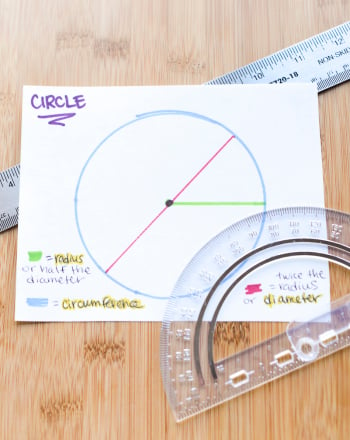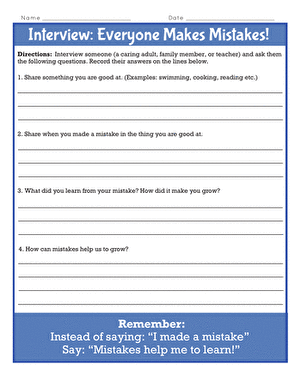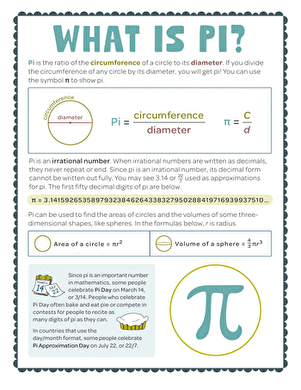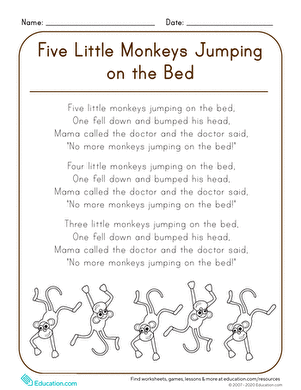Activity
Everyone Loves Pi
Difficulty
Hard
Cost
Minimal
Safety Issues
None.
Material Availability
All materials readily available.
Project Time Frame
4-6 weeks
Objective
This project explores the properties of circles and the nature of pi.
The goals of this project are:
- To demonstrate the nature of pi in an easily understandable way.
- To encourage further interest in the field of mathematics.
Materials and Equipment
- Computer with Internet access
- Color printer
- Digital camera
- Typical office/hobby/hardware/craft supplies (paper, poster board, glue, wood, etc.)
All materials can be found in your home, at local stores, or on ebay.
Introduction
Pi is a number whose value is approximately 3.141593... The digits of pi go on and on forever, and competitions are often held to see who can recite (from memory) pi to the farthest digit. Pi is used in the measurement of circles. For instance, the circumference of a circle is equal to its diameter times pi.
Research Questions
- How was pi discovered?
- How are circles used in technology?
Terms and Concepts to Start Background Research
- Circle
- Circumference
- Diameter
- Euclidean Geometry
- Pi
- Radius
Experimental Procedure
- Read overview of relevant topics (see bibliography below and terms listed above)
- Search and print out interesting images that seem appropriate to this project.
- Address all of the above terms and research questions.
- List everything you notice about circles.
- Investigate the properties and applications of pi.
- Analyze your data.
- Interpret your findings in a detailed report.
- Include photos, charts, diagrams, and other visual aids in your science fair display.
Bibliography
- http://en.wikipedia.org/wiki/Circle (Wiki Topic: Circle)
- http://en.wikipedia.org/wiki/Pi (Wiki topic: Pi)
- http://www.wikihow.com/Calculate-Pi-by-Throwing-Frozen-Hot-Dogs (A weird but fun way to calculate pi)
- Internet searches of your choosing. Search words or terms listed here, or make up your own phrases. Click on any results you find interesting. Have fun surfing the net!
Disclaimer and Safety Precautions
Education.com provides the Science Fair Project Ideas for informational purposes only. Education.com does not make any guarantee or representation regarding the Science Fair Project Ideas and is not responsible or liable for any loss or damage, directly or indirectly, caused by your use of such information. By accessing the Science Fair Project Ideas, you waive and renounce any claims against Education.com that arise thereof. In addition, your access to Education.com's website and Science Fair Project Ideas is covered by Education.com's Privacy Policy and site Terms of Use, which include limitations on Education.com's liability.
Warning is hereby given that not all Project Ideas are appropriate for all individuals or in all circumstances. Implementation of any Science Project Idea should be undertaken only in appropriate settings and with appropriate parental or other supervision. Reading and following the safety precautions of all materials used in a project is the sole responsibility of each individual. For further information, consult your state's handbook of Science Safety.
Education.com provides the Science Fair Project Ideas for informational purposes only. Education.com does not make any guarantee or representation regarding the Science Fair Project Ideas and is not responsible or liable for any loss or damage, directly or indirectly, caused by your use of such information. By accessing the Science Fair Project Ideas, you waive and renounce any claims against Education.com that arise thereof. In addition, your access to Education.com's website and Science Fair Project Ideas is covered by Education.com's Privacy Policy and site Terms of Use, which include limitations on Education.com's liability.
Warning is hereby given that not all Project Ideas are appropriate for all individuals or in all circumstances. Implementation of any Science Project Idea should be undertaken only in appropriate settings and with appropriate parental or other supervision. Reading and following the safety precautions of all materials used in a project is the sole responsibility of each individual. For further information, consult your state's handbook of Science Safety.















